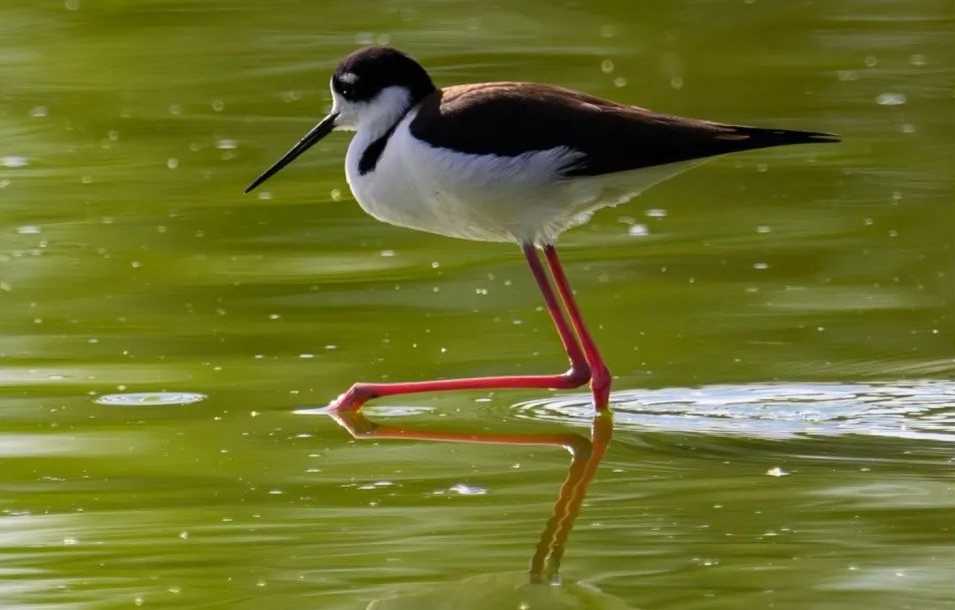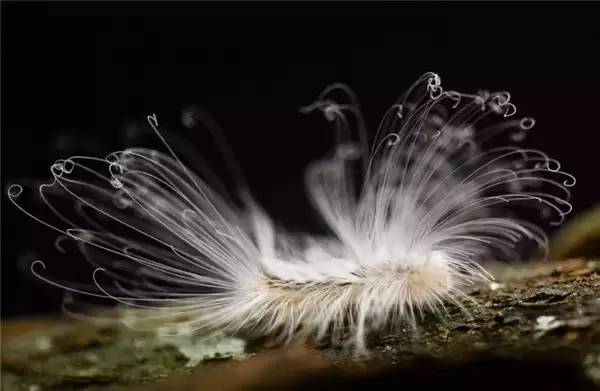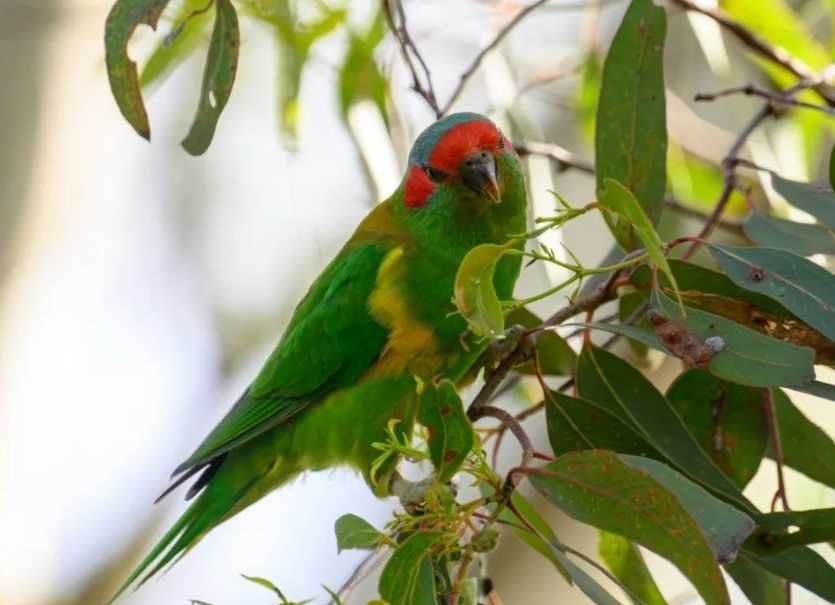Black - Necked Stilt: Graceful Sentinel of the WetlandsThe black - necked stilt, Himantopus mexicanus, is a strikingly elegant wading bird that commands attention with its distinctive appearance. Sporting a long, slender black neck and back, contrasting sharply with its snow - white underparts and crimson - red legs, this species is a true visual marvel in the marshy landscapes it inhabits. Its long, thin beak is perfectly adapted for catching small aquatic prey.
June 9, 2025, 4:55 pm EDT

Source: Images from the Internet, if there is any infringement, please contact the removal of









